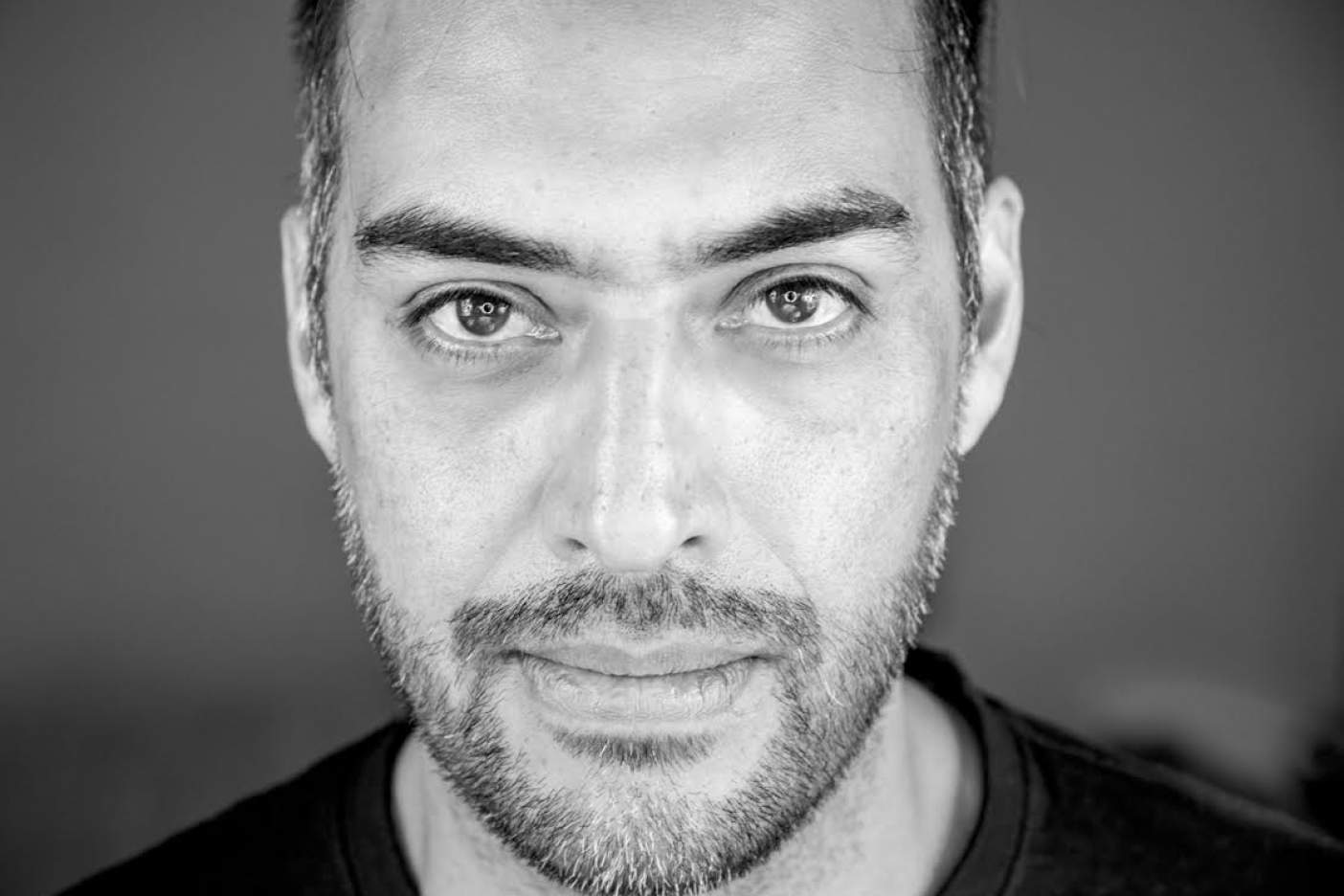
Ramón Medina vive su mejor momento Noroeste
There is always more than one side to every story, and the history of Huichol art is no exception. In the 1960s, a Huichol by the name of Ramón Medina Silva was living in what was then the outskirts of Guadalajara. Padre Ernesto Loera Ochoa, a Franciscan priest sympathetic to Huichol culture, founded a Huichol museum at the Basilica of Zapopan.

Ramón Medína
"Ramón Medina Silva, a Huichol Indian shaman priest or mara'akame, instructed me in many of his culture's myths, rituals, and symbols, particularly those pertaining to the sacred untiy of deer, maize, and peyote. The significance of this constellation of symbols was revealed to me most vividly when I accompanied Ramón on the Huichol's annual ritual return to hunt the peyote in the sacred.

ARCHAIC VISIONS VISIONARY ART EXHIBITION
For some time I had been working with a Huichol mara'akame, or shaman priest, named Ramon Medina Silva. One afternoon, without explanation, he interrupted our sessions of taping mythology to take a party of Huichol friends and myself, to an area outside his home. It was a region of steep barrancas cut by a rapid waterfall cascading perhaps a.
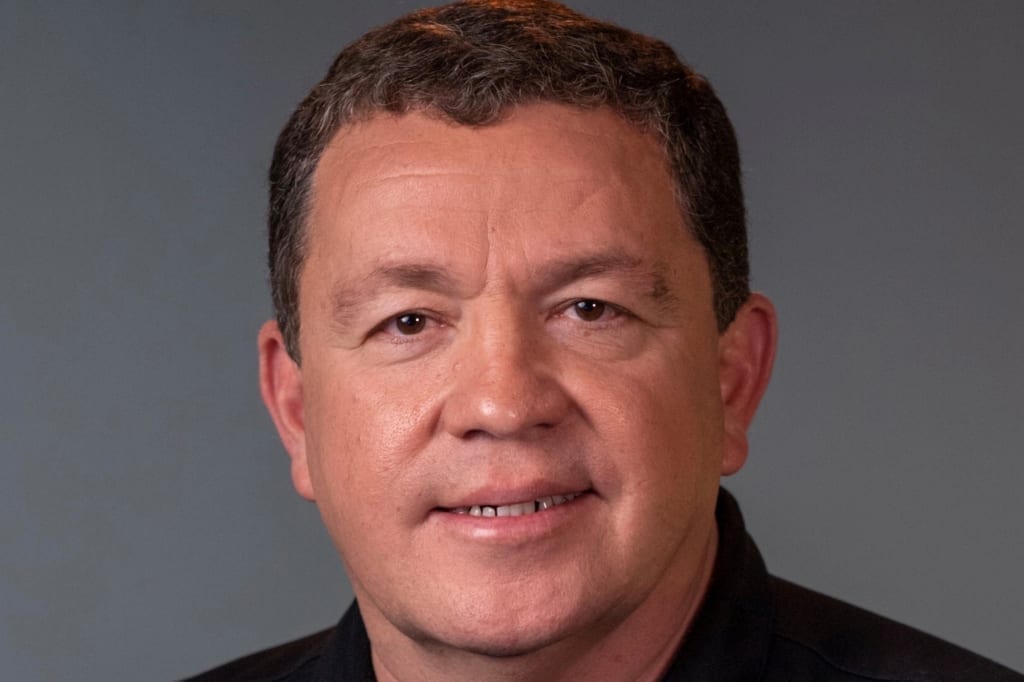
Ramón Medina to be nominated for SBC 2nd vice president • Biblical Recorder
"Ramón Medina Silva, a Huichol Indian shaman priest or mara'akame, instructed me in many of his culture's myths, rituals, and symbols, particularly those pertaining to the sacred untiy of deer, maize, and peyote. The significance of this constellation of symbols was revealed to me most vividly when I accompanied Ramón on the Huichol's annual.

Actor`s page Ramón Medína, watch free movies Fear the Walking Dead
Ramón Medina Silva was a mara'akáme of the Huichol people who also recorded his visions in yarn paintings: indeed, arguably he was the inventor of the visionary yarn painting genre. It was while gazing deeply into a book featuring his artworks and myth narratives one winter evening whilst living in Japan in 1997, that I made the momentous.

Untitled2 Ramón Medina Ramòn Medina Orellana Flickr
Ramon Medina Silva speaking to Barbara Myerhoff's class about his culture. Courtesy of Nick Myerhoff
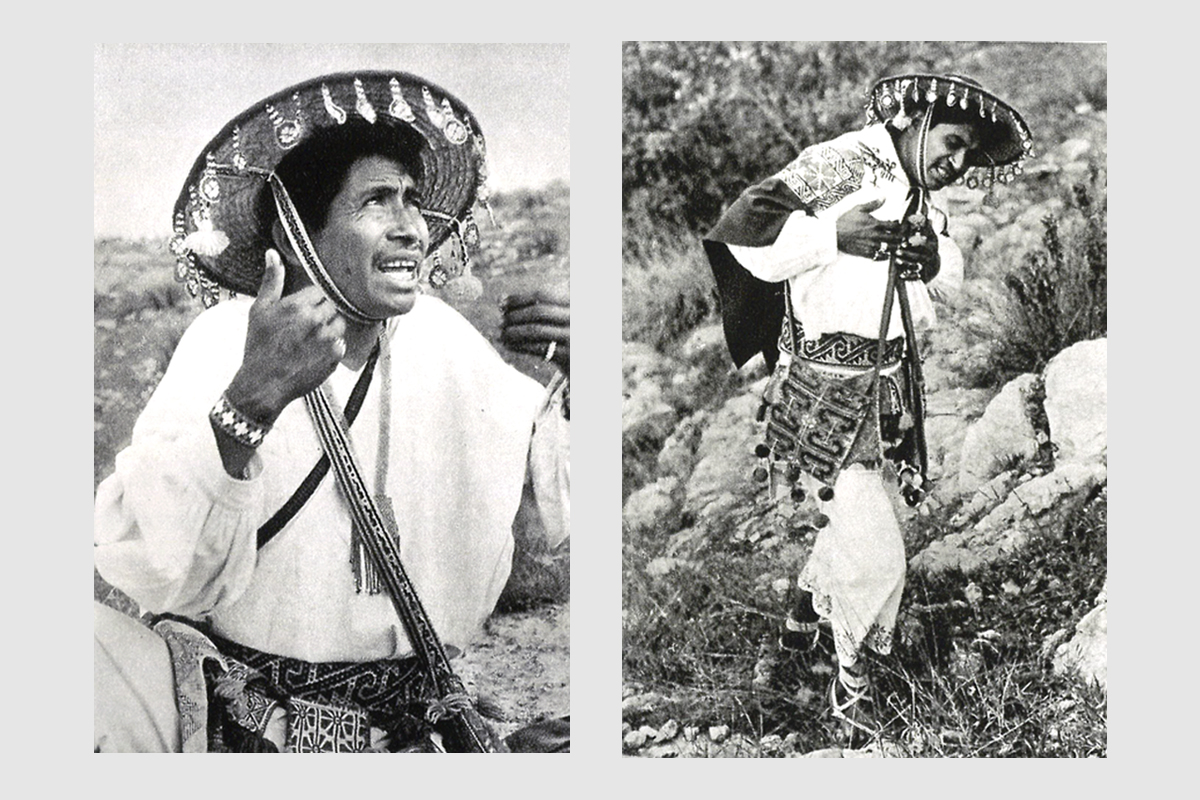
Conoce el trabajo de Ramón Medina, artista pionero en el arte huichol
Silva, Ramón Medina (193?-1971) - Huichol (Wixáritari) shaman (mara'akame) and artist whose narrative yarn paintings depicting peyote visions were made famous by anthropologist Peter Furst. Furst collaborated with Barbara Myerhoff, and both anthropologists worked closely with Silva in their ethnographies of Huichol shamanism .

Peyote Nature's Pharmacopeia A World of Medicinal Plants
Ramon Medina Silva: Huichol shaman jumping the ravine (Meyerhoff). Conversation between Richard de Mille RdeM and Barbara Meyerhoff BGM (DeMille 1980 341-54): RdeM: I suppose his biggest trick on you was feeding your waterfall story right back to you. BGM: That was a very interesting incident. I mean, it never crossed my mind that his.
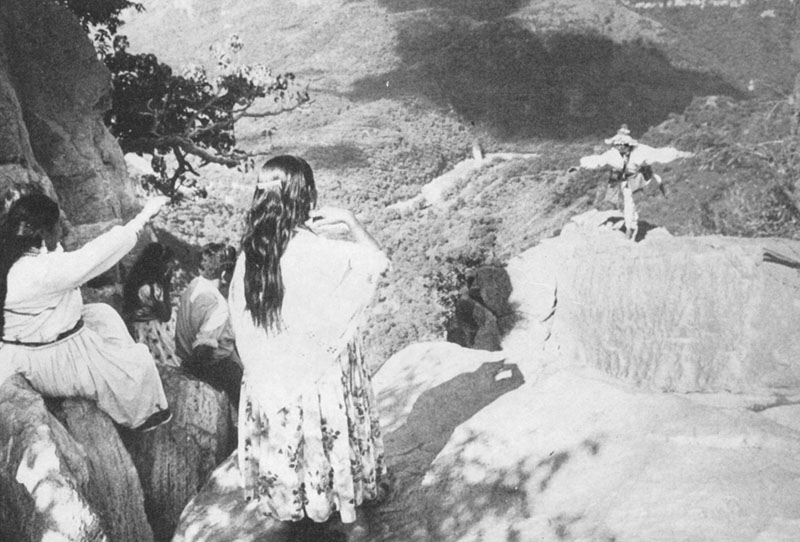
ARCHAIC VISIONS VISIONARY ART EXHIBITION
Ramón Medina Silva (1930s-1971) was a Wixarika mara'akame (shaman), who led and participated in the annual Wixarika pilgrimage to Wirikuta, the high desert where the sacred hikuri (peyote plant) grows.. Ramon Medina Silva (Mexican) Title The Life Force of Peyote Date ca. 1965-1971 Object Type Paintings Medium Yarn, wax, and board.
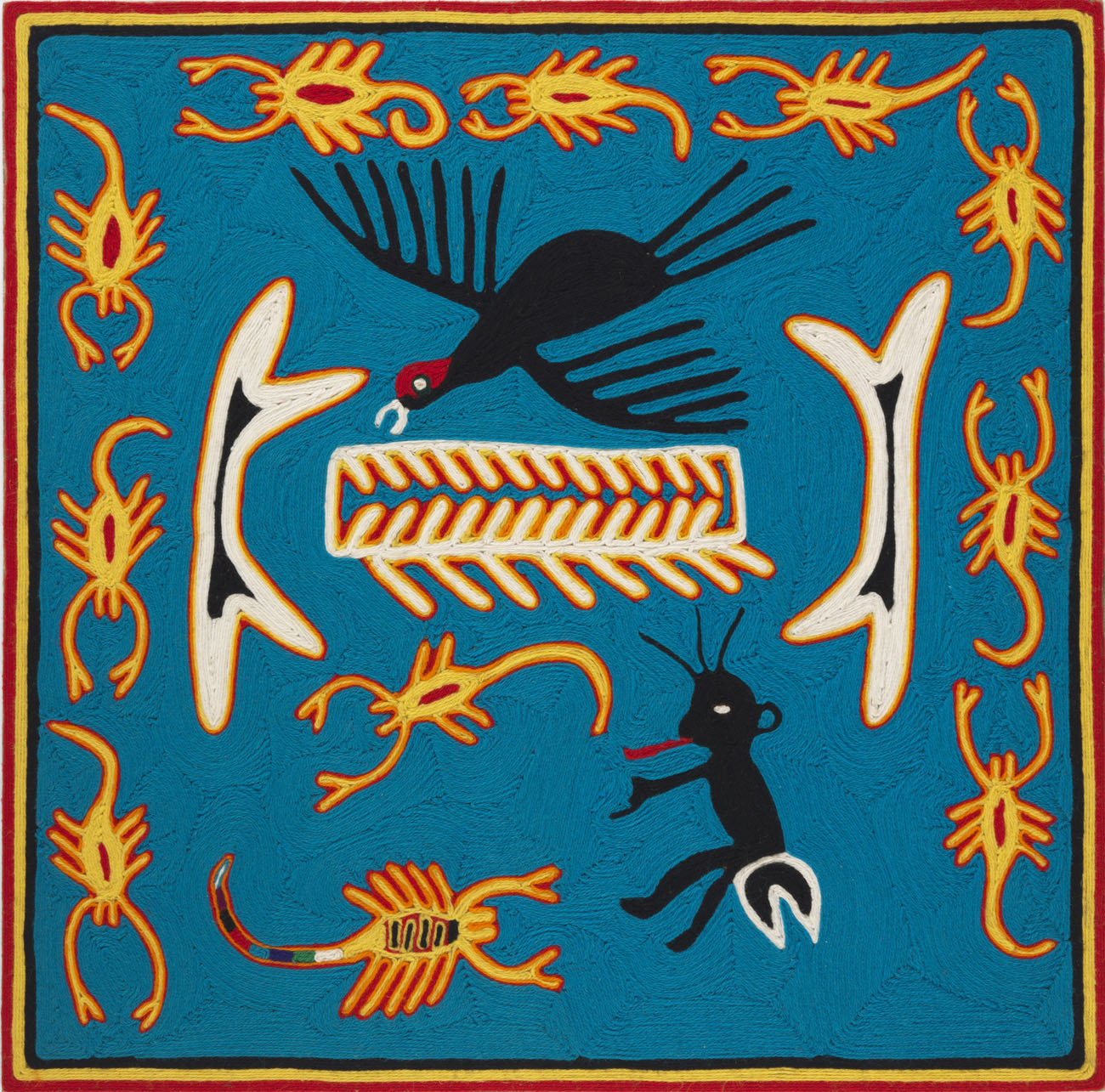
Spinning the Story of the Wixárika Culture The Getty Iris
Ramón Medina Silva was a great shaman and deeply proud of his culture's traditions and heritage, but sadly died young defending his people. He was instrumental in transforming the traditional Huichol folk art of yarn decoration into the visionary expressions of yarn painting, and originated the practice of Huichol shamans depicting their.
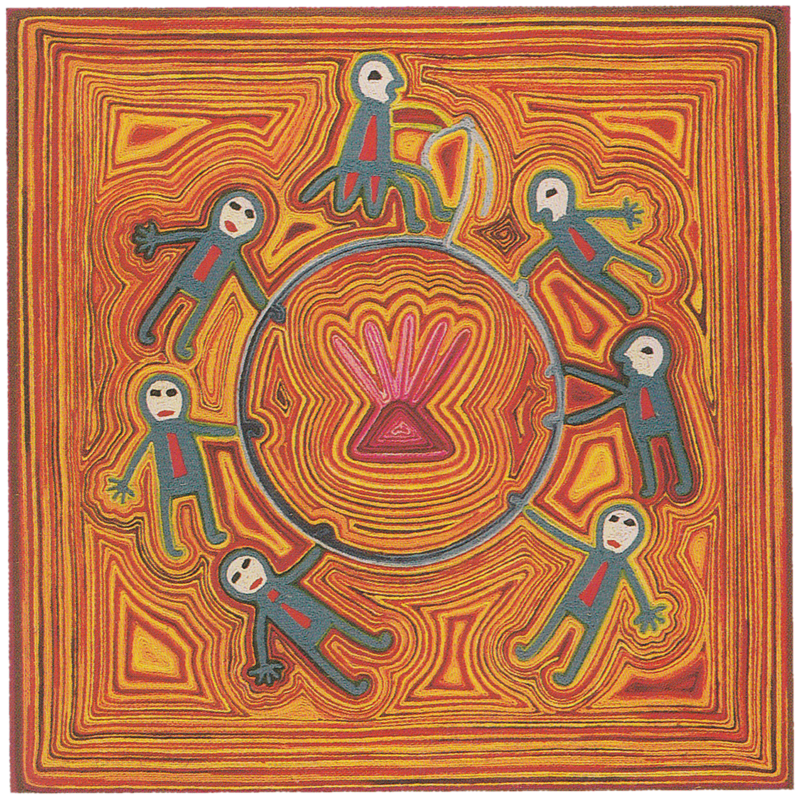
ARCHAIC VISIONS VISIONARY ART EXHIBITION
A portrait of Ramón Medina Silva, Bruce Rimell, 50cm x 70cm, 2010. Ramón is here depicted deep in trance, gazing at his peyote visions. Ramón was born, probably in the mid-1920s, in the Huichol community of San Sebastian in the Sierra Madre Occidental. His Huichol name was Ürü Temai, 'Young Arrow', and while his grandfather was a notable.
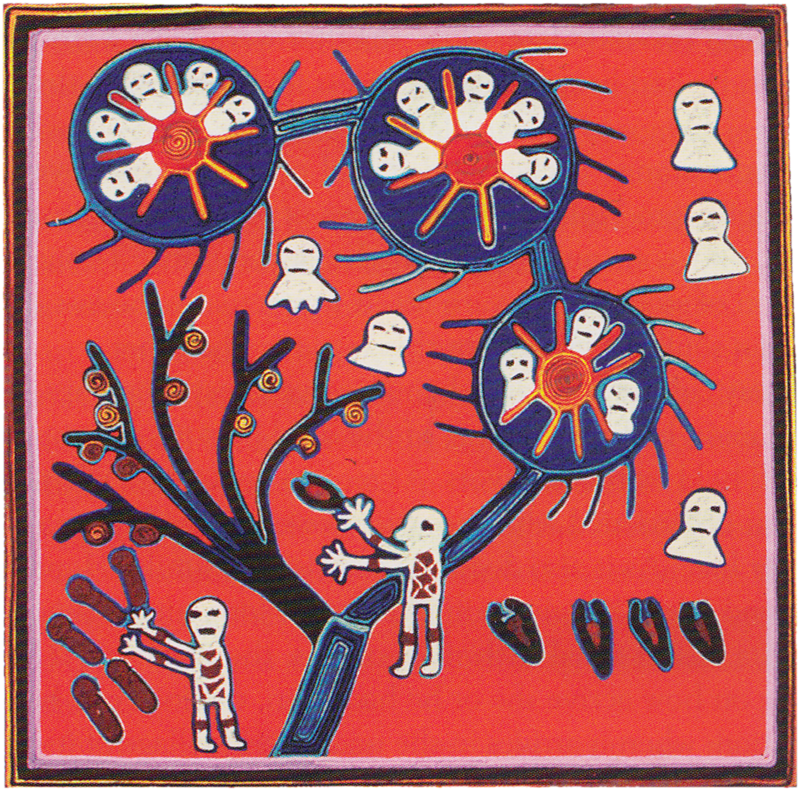
ARCHAIC VISIONS VISIONARY ART EXHIBITION
In 1965, Ramón Medina Silva, a Wixárika living in Guadalajara who claimed to be a shaman apprentice, became a primary guide to Furst and his colleague Barbara Meyerhoff. In describing his holistic belief system to the anthropologists—which included hallucinogenic visions based on deities such as Our Elder Brother Deer,.
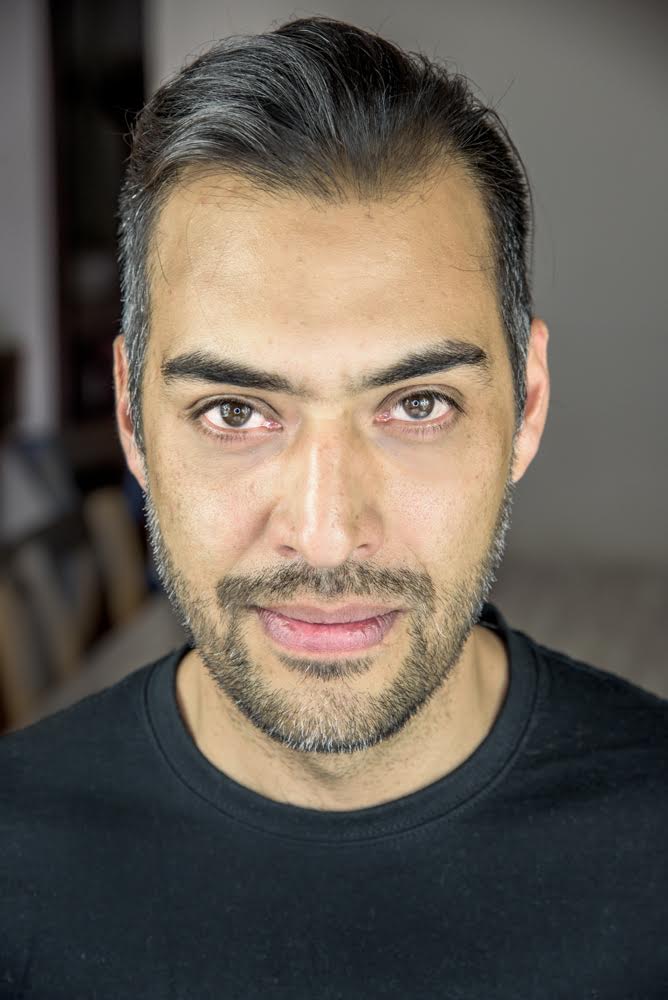
Actor`s page Ramón Medína, watch free movies Fear the Walking Dead
The paintings were purely decorative until 1965, when Ramón Medina Silva, a shaman and artist, started to incorporate Huichol myths, legends and creation stories into his pictures.
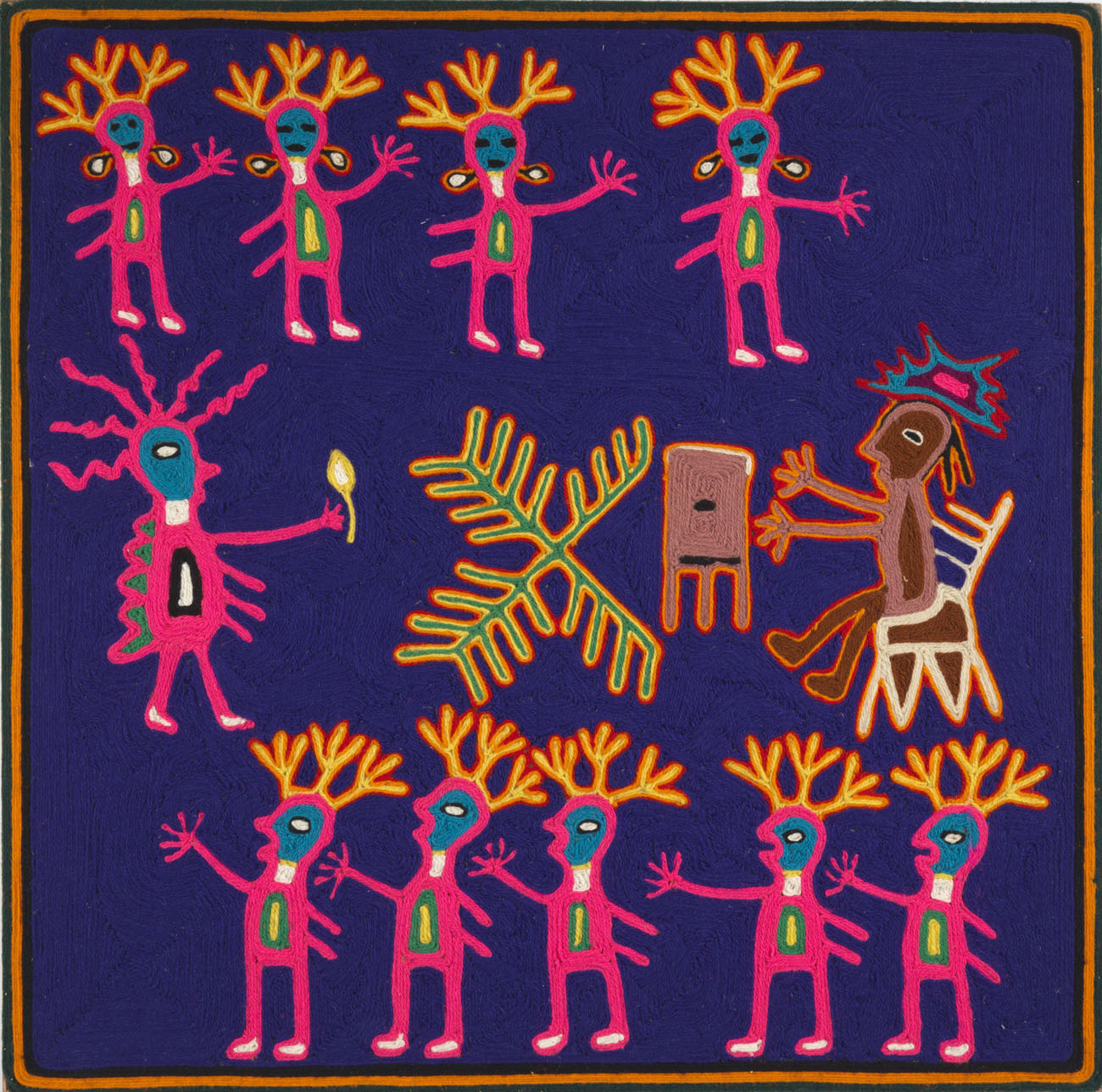
Spinning the Story of the Wixárika Culture Getty Iris
Ramon Medina Silva and Barbara Myerhoff. Ramon Medina Silva was a mara'akame, a shaman-priest. The difficult work of a mara'akame demanded that he bridge the spirit world and the Huichol world to explain the supernatural to his people. Concerned that the knowledge of his culture might eventually be lost, he worked with an anthropologist called.

Ramon Medina poses during a press conference as part of the Bolas de
Here uncoils a collective psychogeography of the Americas—a personal exploration of indigenous poetics and epistemes. With a specific focus on Nagualism, the native American practice of self-splitting and metamorphosis, this collective project (executed as a continuous exchange between its collaborators) confirms that metamorphosis is a rapid, ongoing process without beginning or end, an.
AGIKgqNAJayjpLaLHRJ61hJ1kfmI2plpRWpyR1VpqWyTwA=s900ckc0x00ffffffnorj
Ramón Medina Silva and his wife, Guadalupe de la Cruz Ríos. While recording indigenous mythological narratives as told by Medina Silva, Furst prompted him to illustrate the sacred stories. This innovation ultimately reshaped both outsider and insider understandings of yarn paintings, and Medina Silva